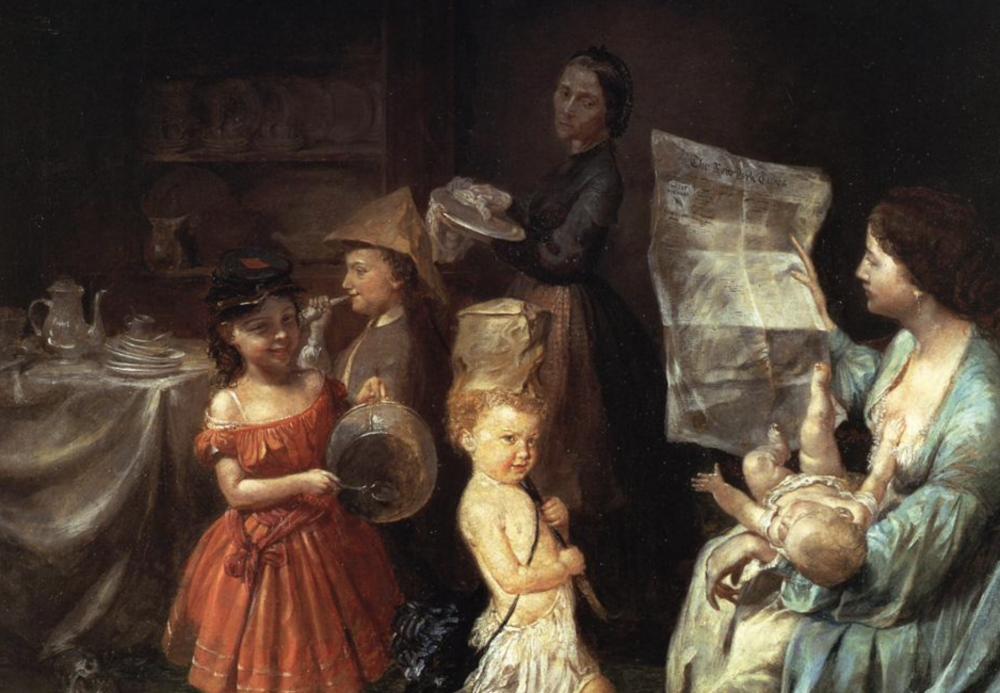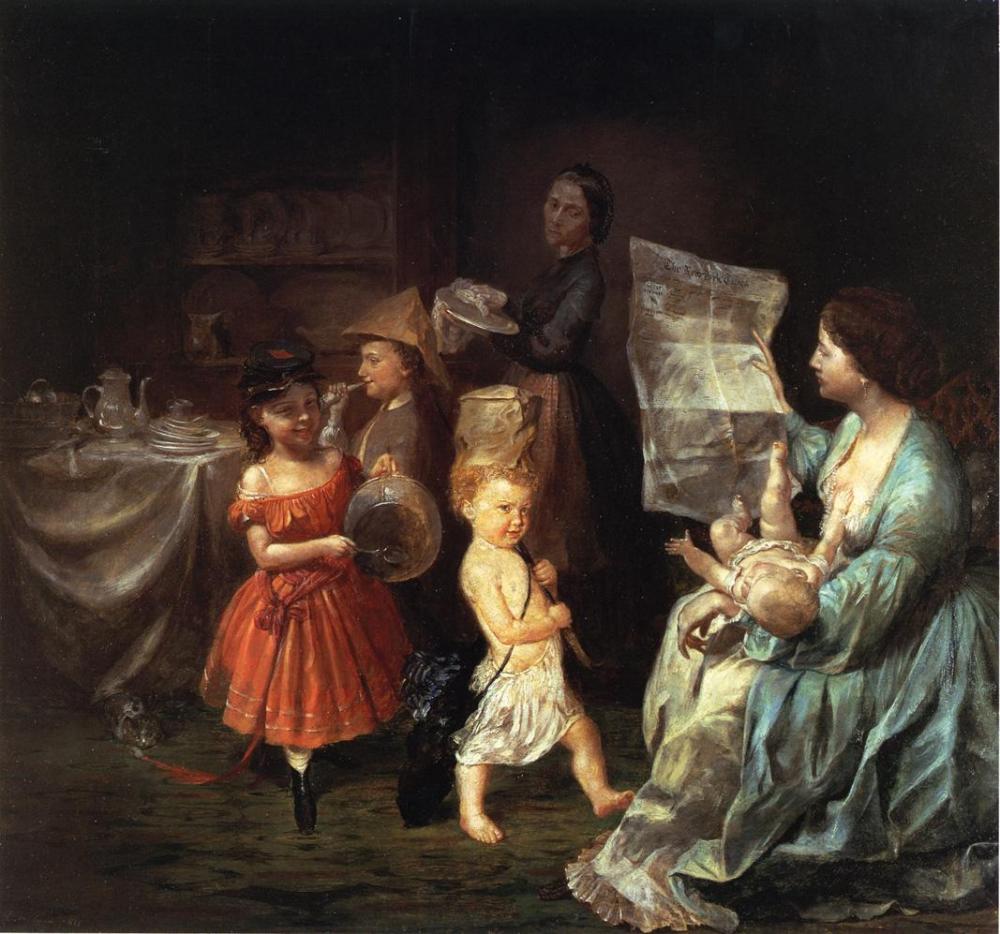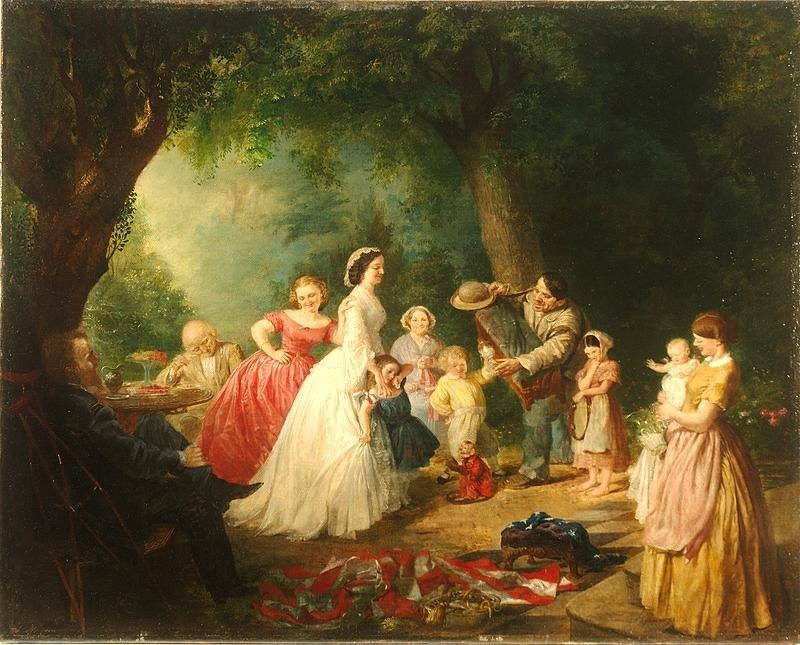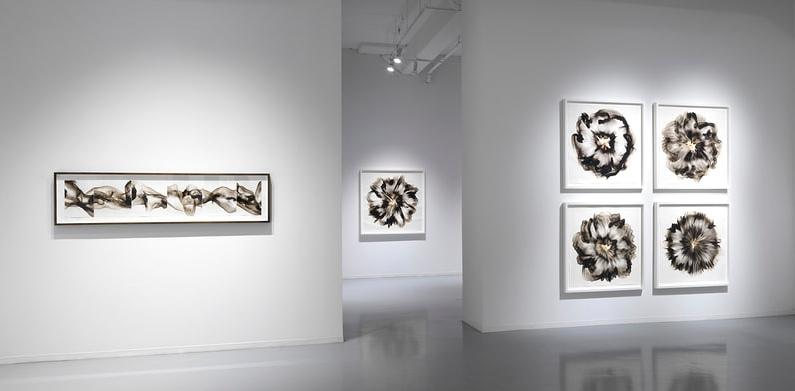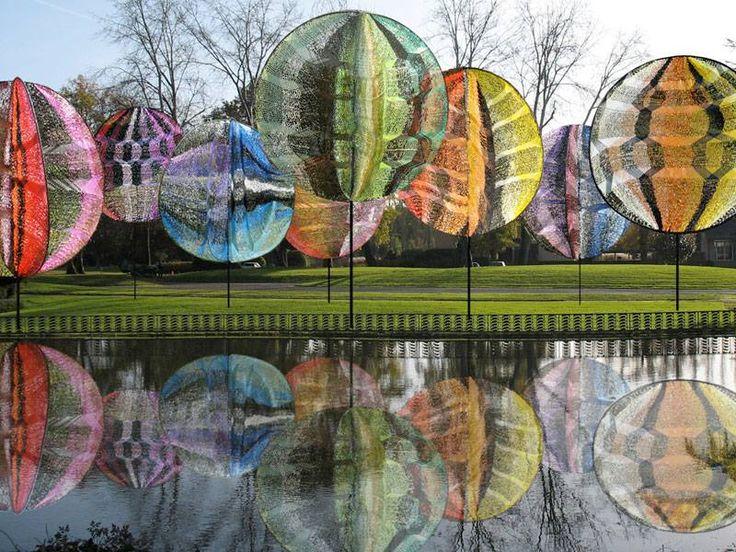Lily Martin Spencer was born in Marietta, Ohio, the daughter of parents who moved to America to be able to practices their belief in a progressive cooperative movement. Well educated and intelligent, Spencer by the age of eighteen was committed to a career in art. In 1840, she moved to New York to pursue her art career and studied at the National Academy of Design. Women artists were rare at this time, but Spencer was talented and determined. Her choice of subject was genre, not popular in American at the time. Wealthy American patrons still wanted portraits of George Washington, or themselves. Others, if they could afford any art at all, wanted still life paintings. Genre paintings are depictions of everyday people doing everyday things. In fact, genre painting became popular largely are a result Spencer’s work. Her choice of subject was centered on home life, considered as the woman’s place. In 1847, she wrote that she intended to “become a Michelangelo if I can, and I mean to try to make my painting have a tendency towards moral improvements.”
In 1844, she married Benjamin Rush Spencer, a cloth merchant and tailor, and she had 13 children, of whom 7 survived. She continued to pursue her art career and began to succeed. In fact, her husband quit his career in 1852, to take care of the home and the children, an unusual choice for a 19th Century male. Titles of her paintings such as “Domestic Happiness”, “Peeling Onions”, “The Young Wife’s First Stew”, “Patty Cake” and “This Little Piggy Went to Market”, all suggest a happy home life for the entire family.
Spencer’s work became widely known as the result of the invention of chromolithography which gave the public the opportunity to see her work in a new publication called a magazine. In 1849, Spencer’s work ran in the Union Magazine published by John Sartain. Engravers made copies of her paintings and they were hand tinted in a factory, usually by women.
Spencer’s domestic genre also became patriotic during the Civil War. “War Spirit at Home”, also known as “Celebrating the Victory at Vicksburg” painted in 1866, is an excellent example of Spencer’s intelligence, talent, and progressive ideas. The siege of Vicksburg occurred from May 5 to July 4,1863, lead by General Ulysses S. Grant, has been considered an important victory for the Union Army and a turning point in the Civil War.* Today we may see this painting as a simple depiction of women and children supporting the Union cause. However there is a much deeper meaning, as the painting includes several symbolic ideas which may or may not have been recognized at the time. They can be interpreted as subtly referring to the restrictive expectations placed on women at that time.
A mother reading the newspaper to the children and servant seems natural today. However, reading the newspaper was a male activity equated to male authority and superiority. Besides telling descriptive details of the battle at Vicksburg, it also depicted images of the battle, not considered appropriate for delicate females and children. The children are engaged in a celebratory march. The younger boy holds a stick for a gun and wears a paper hat. The elder boy sits at the table, wears a paper hat and plays a toy horn. In another patriotic note, the garments in the painting are red, white and blue. The next child, a girl, wears a real Union military cap and makes the most noise by banging a spoon against a pot. In her red dress, she is the most the most active and eye catching of the children. The daughter represents Spencer’s hope for women in the future to include greater educational opportunity, the right to vote and a more prominent role in the world at large. The Women’s Suffrage movement, started earlier, became important again after the Civil War. As an early women’s liberation supporter, Spencer was aware of and improved of this.
The servant at the rear of the painting represents another symbolic reference. Spencer makes her skin color non-specific but darker than that of the other figures. The abolition of slavery was a major cause of the Civil War. The servant’s expression, although not clearly decipherable, indicates she listens to the news and was aware that this war was significant for her future.
The wriggling baby in the mother’s lap recalls religious images of the Pieta, when the Madonna holds the dead Christ. The Christ child asleep on Mary’s lap was seen as a premonition of his death. This idea is supported by the cross shape folds seen in the newspaper. This symbol is one that women of this era would respond to. It also suggests Spencer’s role as a mother. She juggles to hold the child as she struggles to maintain both her domestic and her public life.
Spencer’s work was exhibited and in Artists Union galleries in New York, Philadelphia and Cincinnati. Her work was published in other magazines such as the Cosmopolitan Art Journal. In 1857, the publisher of the Cosmopolitan Art Journal said about Lily Martin Spencer, “No person has done more than Mrs. Spencer to popularize art, and for that the people owe her debt of gratitude, which they do not fail to acknowledge if acknowledgement is signified by appreciation.” John Sartain, chief of the Art Bureau, chose Spencer’s, “Truth Unveiling Falsehood” for the Women’s Pavilion at the 1876 Centennial Celebration in Philadelphia. The Spencer family moved from New York to Newark, New Jersey where she continued to paint until her death in 1902, at the age of 80. In a letter to her parents, written some time earlier, she said “fame is as hollow and as brilliant as a soap bubble, it is all colors outside and nothing of worth kicking at inside.”
* Memorial Day was first celebrated in 1865, after the Civil War and was called Decoration Day because the women felt the graves were too depressing and they put flowers on them to celebrate the dead. In 1882, the holiday became Memorial Day and in 1967 it became a Federal holiday celebrated on May 30. In 1971, to create a three day weekend holiday it was changed to the last Monday in May.
